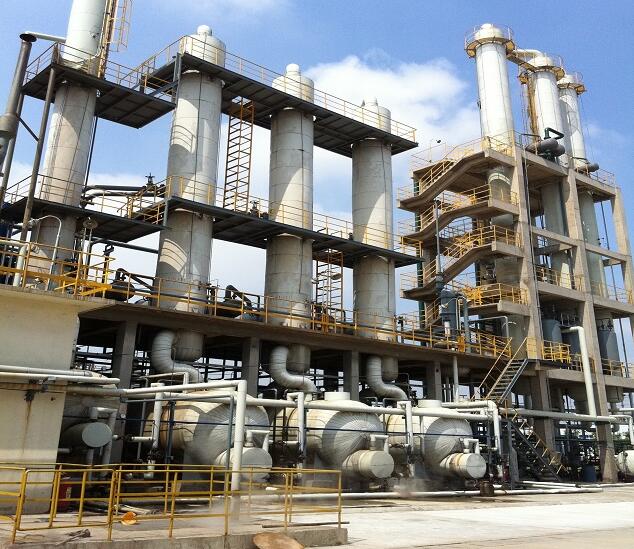How is trioxane used?
Dec. 14, 2021
Trioxane refers to any of three isomeric organic compounds composed of a six-membered ring with three carbon atoms and three oxygen atoms, having the molecular formula C3H6O3.
The three isomers are:
▶1,2,3-trioxane, a hypothetical compound related to molozonide,
▶1,2,4-trioxane, a hypothetical compound whose skeleton occurs as a structural element of some antimalarial agents (artemisinin and similar drugs),
▶1,3,5-trioxane, a trimer of formaldehyde used as fuel and in plastics manufacture, and also as a solid fuel tablet when combined with Hexamine.

Trioxane is a solid fuel that has been used by campers, hikers and hunters for the past several decades to heat individual rations in the wilderness.
Caution: The fuel itself is toxic and should not be used in enclosed areas, and care should be taken not to contaminate food. Avoid handling the bar with your hands, and if you do, you should wash your hands afterwards. Once ignited, the trioxane will melt as it burns. It is impractical to extinguish the fuel and save it for later use. How to use trioxane effectively Trioxane ignites easily and burns relatively cleanly, but too much at one time can smoke and create soot. It is best to light only 10 to 20 grams at a time, and then light again when the first piece burns out. It usually takes about 30 grams of trioxane to heat 8 to 12 ounces of water or food, but on a hot day you may only need to use 15 grams. The container should be located 1 to 2 inches above the burning fuel. A 15-gram stick requires about 3.5 to 4.














